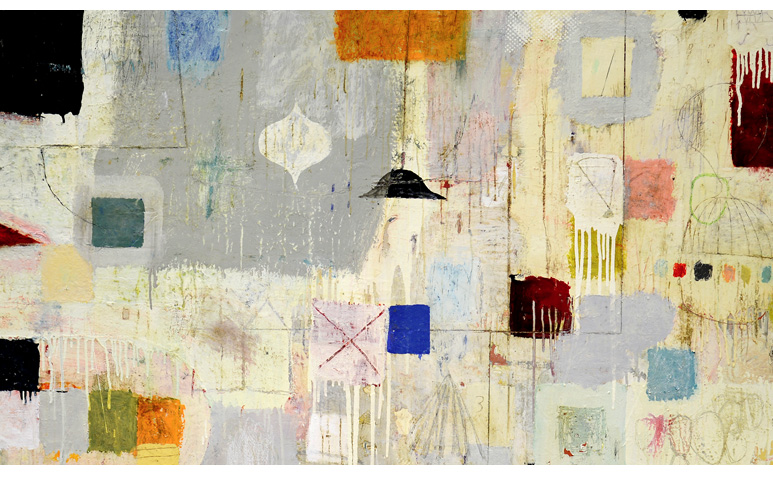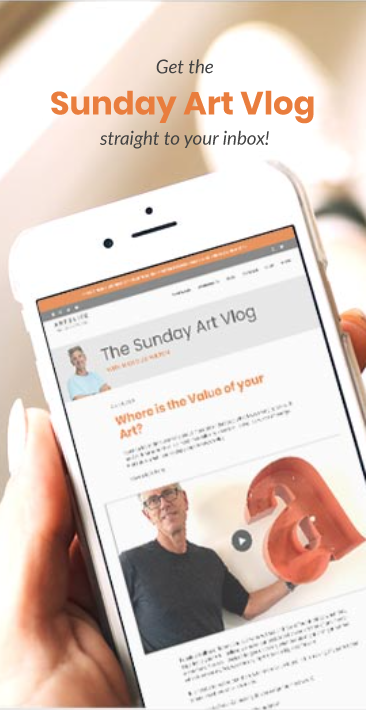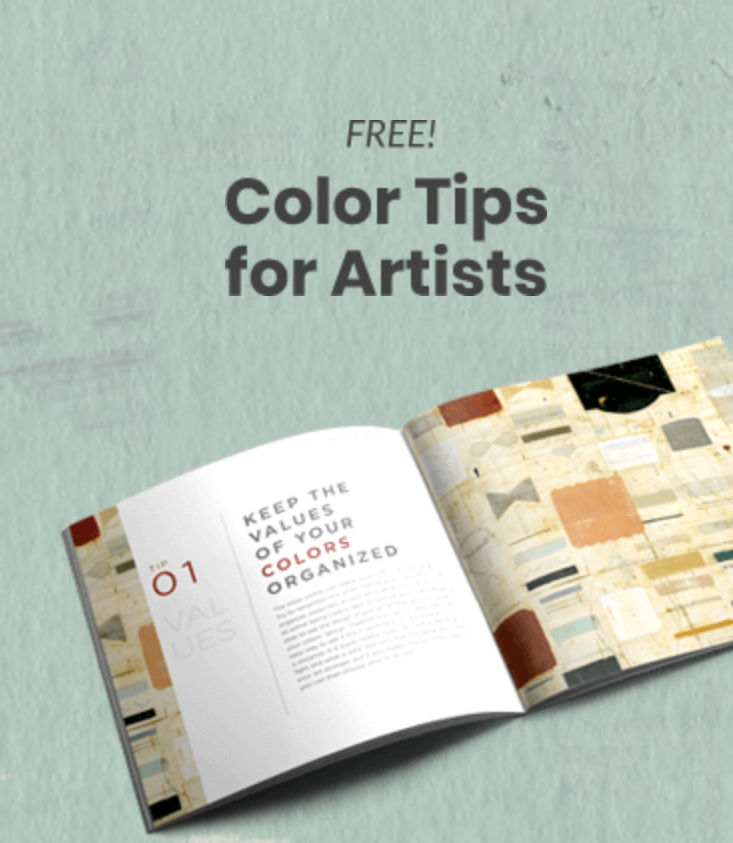 When I was just starting out making art, I was utterly focused on the kinds of art materials used by artists that I admired. Over my lifetime, I literally have blown bazillions of dollars in art stores. I think what I loved about new art materials was that each new material, each new kind of pen, paintbrush or color held the potential to radically improve my art. “Maybe this groovy pastel, or maybe this certain kind of vine charcoal will be the thing that creates a new look, a new desire for my Art.”
When I was just starting out making art, I was utterly focused on the kinds of art materials used by artists that I admired. Over my lifetime, I literally have blown bazillions of dollars in art stores. I think what I loved about new art materials was that each new material, each new kind of pen, paintbrush or color held the potential to radically improve my art. “Maybe this groovy pastel, or maybe this certain kind of vine charcoal will be the thing that creates a new look, a new desire for my Art.”
In many ways, this obsessive curiosity and false hope I placed on art materials was positive. I literally know how to competently use almost all the art materials out there…watercolor, acrylic, and graphite, oil, enamel, crayon, oil pastel, nu pastel and one of my favorites, gauche. I love them all.
But, positive benefits aside, I ended up empty handed in my search for my golden grail of technique and style. I finally figured it out it is not about the materials. I know that now more than ever. I wish someone had told me.
It is about something else. It is about Risk.
This week as I have been making art, especially repainting paintings that I actually like but do not love, I have been thinking about the benefits of Risk taking in the process of Art making and why it is so crucial.
I have gotten it down to three essential positives.
Risk is the Exit Door from Boredom
Getting bored with your Art is one of the most dangerous conditions, in my opinion, that can settle upon you in your practice. Once you are bored, once you start not caring, then the result is mediocre work. We all need to find meaning and value in our work and if we lose track of it, then we become overly reliant on the reaction, the worth that the outside world puts on it. This, in turn, begins the nauseating cycle where we put too much emphasis on what others think. There is just no way to gracefully sidestep that loop of caring too much about what others think. It is disempowering and creates a headspace that is incredibly limiting for generating powerful, authentic artwork. The only way to kick this situation to the curb and take your Art back is by raising the effort and pushing oneself into unchartered waters. Trying something new, going back to what feels right but is not yet visible is scary sometimes. If you are bored and there is a door in the room that says Risk, open it.
Risk=Growth=Change
I realize more and more that I need to be increasingly connected to Risk in order to generate my best work. I used to think every year or so an artist gets burned out with doing the same likeable art, and eventually just has to change it up, even though it is very uncomfortable. Once this chapter has occurred, however, you have another year or two to firmly dig your way into a new predictable kind of art.
[Tweet “”If you are bored and there is a door in the room that says Risk, open it.” – Nicholas Wilton”]
I don’t believe this is the way to go anymore. I like to think of Risk being interchangeable with Growth, which consistently creates change in your work. And change is what keeps your work being like you. You are changing all the time and are not static. Neither is your Art. People who are serious about supporting you and your Art will also understand this fact.
When I have a new show of my work, the best response I can receive, the highest complement I can hear is “This is different!” Change is what engages not just you but also those who follow you.
The Biggest Risk might be the Smallest One.
We can fool ourselves into thinking we are doing something risky when in actual fact we are “risk posing.” I do this all the time. Especially when I am tired or would rather not be in the studio. I do it when I am not entirely in it. The problem is that these baby risks are not the same as real artistic risk taking. They don’t give you the requisite energy blast. They don’t automatically generate the kind of growth and change needed to make something that is so good that it takes even your breath away. These fake risks are in fact dangerous as they can indefinitely postpone the creation of your best work. I have done this for months at a time. The kind of mediocre work that is generated as a result can totally take the wind out of your sails.
Whether you are using pastels, crayons or drawing with a stick on a ceramic pot, whatever it is, keep this idea of Risk in your back pocket and pull it out often. It will save you oodles of time and help you more quickly make your strongest, most authentic, powerful art.
How do you invite risk into your work?
In gratitude, Nicholas

Hi! I’m
Nicholas Wilton
the founder of Art2Life.
With over 20 years experience as a working artist and educator, I’ve developed a systematic approach that brings authenticity, spontaneity and joy back into the creative process.
Join me and artists from all over the world in our Free Art2Life Artists Facebook Group or learn more here about Art2Life.

